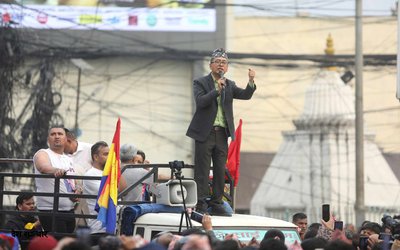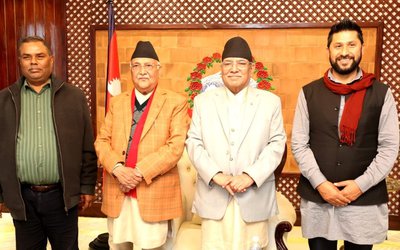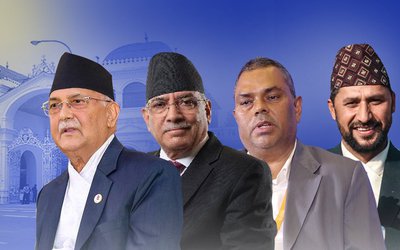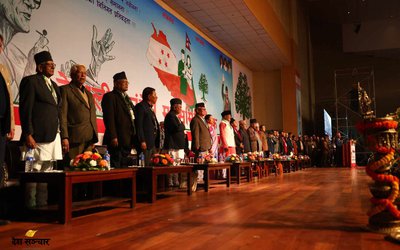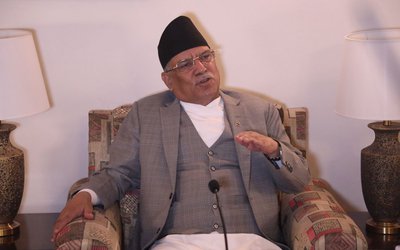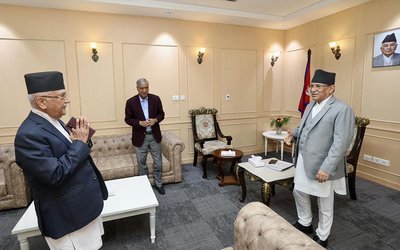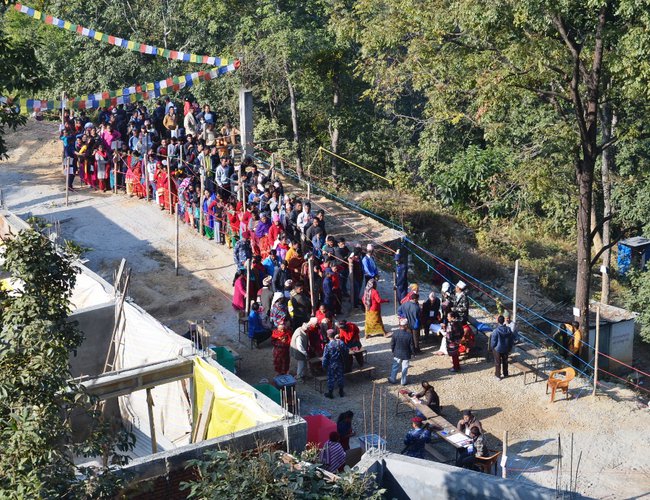
Eighty-five years old Krisnha Lal Byanjankar had been with his father to observe the voting process in the first elections of Lalitpur Nagarpalika in 1949. Byanjankar went to the 2017 polls with his grandson to vote for the candidates of the House of Representatives and Provincial Legislatures.
In his lifetime, Maharjan, a resident of Chyasal, Lalitpur Metropolitan Ward 9, has seen several elections, including national and local, under three different regimes, including those under the de-facto ruler Ranas, Monarchy and now Republican leaders. But every time, what he says he saw after the elections were political instability and change of government.
“As in the past, the events and patterns have remained same. Just a week before the first elections, then Rana prime minister had addressed the nation from Tundikhel. People were jubilant and enthusiastic all over. Elections were held with the huge participation of people. With the call of the president and prime minister, a large number of voters voted with enthusiasm,” recounts Maharajan. “Given the incidents of explosion almost every day now, I don’t know what is going to happen next.”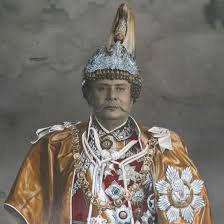
Seventy years down the line, Rana Oligarchy gave way to a Constitutional Monarchy in a unitary state, followed by Panchayat System and now a regime under a republican constitution, with federal structures in place. These seven decades have hosted seven constitutions and three dozen prime ministers.
In place of the hereditary Rana Prime Minister, the president and prime minister of the new republican Nepal have issued a message to the voters. Byanjankar responds, “There were the same enthusiasm and participation of people. I hope this election may bring peace and prosperity.”
However, the ground situation is no harbinger of stability. When Byanjankar is hoping to see stability and prosperity, several explosions rocked the capital and other parts of Nepal, with the death of temporary police personnel and injury of candidates, including the young Republican leader Gagan Thapa, political party supporters and common people.
Seventy years ago, Padma Sumsher had resigned just a few months after the elections. His exit not only paved the way for the end of 104-year Rana regime but also opened the journey of a prolonged political instability, which is still continuing.
As renowned scholar Samuel P Huntington, in his book Political Order in Changing Societies, cautiously wrote about the future of Nepalese monarchy in the context of modernization in 1976, Nepal saw a major political unrest in 1979 to liberalize the political system. Finally, another uprising of 1990 overthrew the Panchayat system with new liberal multi-party democracy and constitutional monarchy.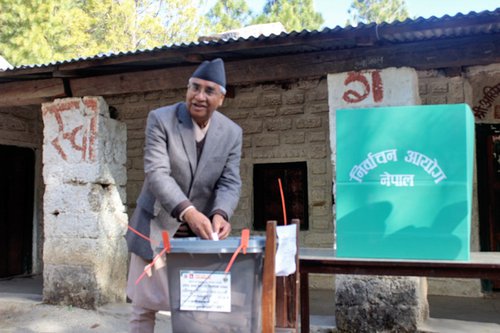
Following the promulgation of the new constitution in 1990, several national level and local level elections were held. However, the constitution was abruptly put into dustbin to end the Maoist insurgency and Nepal was declared to have embarked on the path of Federal Republic in 2006.
Eleven years after the abolition of monarchy and two years after the promulgation of the new constitution by the second Constituent Assembly, the hope to see a stable government through elections is still like a distant dream.
Given the constitutional and legal provisions, it is unlikely to see a stable government, with any political block commanding a thumping majority. In the most likely scenario, a coalition government, cobbled together in various stripes at center as well as the provinces, will be there after the elections.
With undeclared bloody war by a political group led by Biplab or Netra Bikram Chanda from outside and likely power struggle from within, Nepal’s coming political scenario will at best be unpredictable.
Change of Dynamics
With 80 percent of literacy, increased road and telecommunication connectivity between various regions, the presence of elected local bodies, courts, security agencies and international exposure, Nepal enjoys a much-better internal situation than it did seventy years ago.
Even the Election Commission is now well established and has gained expertise to hold the elections nationwide. Society is open and the elections process is more inclusive. However, the factors of instability continue to be more powerful than those favoring stability.
Despite the cultural disruption caused by the advent of modern and even post-modern phenomena, Nepal is still a country of subsistence agriculture, with over 70 percent of people’s livelihood depending on it. With almost 3 million of Nepalese abroad, the nature of the economy is more or less the same and the political culture is yet to develop to fit the modern liberal democratic order.
There is a lack of internal democracy in the political parties and relations between leaders and party workers are bound by feudal values, rather than a democratic electoral system.
In the distribution of the First Past The Post tickets, political leaders have exposed their greed to monopolize power -- allocating the tickets mostly to their henchmen. In the words of academician and New Spotlight columnist Dipak Gyawali, the present system is a combination of 3-D’s, Dampati (Couple), Don and Dhan (money).
Of the 317 parliamentary candidates fielded by the three largest parties, only three are Dalits and 18 are women.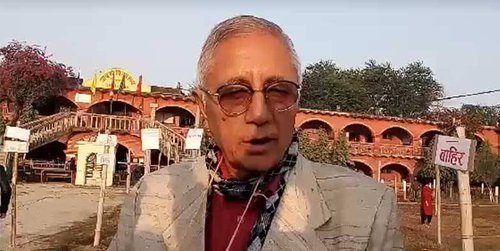
“Seventy years after, what has not changed is the political socialization. This is the reason Nepal has been facing the same kind of problems all the systems we introduced before had faced,” said professor Ram Kumar Dahal. According to experts, political socialization is the process by which political subcultures are maintained and changed. Through the performance of this function, individuals are inducted into the political culture, their orientation towards political objects are formed.
As Lucian W Pye said, “The task of political development thus boils down to the blunt need to change attitudes and feelings of the people.”
Given Nepal’s current social structure, it is very difficult to bring about any change in the social and cultural behavior of the people. There may be a change in a system but the new values needed are yet to be established.
External Situation
With the rise of India and China, two giant neighbors, there is an open and hidden competition between them to maintain their traditional influences, including in cultural, social and economic spheres.
Following the abolition of the monarchy under an India-backed peace deal, the well-known 12-point agreement, Nepal had lost a traditional factor of stability. Contrary to calculations of Indian strategists, the abolition of monarchy- which is religiously and culturally close to India, enlarged the influences of China in Nepal with ideologically closer political groups.
In terms of religion, the institution of monarchy was an umbrella for Nepal’s traditional Hindu practices. Although the two modern, democratically elected, presidents, have been making efforts to establish their symbolic order in the public sphere as the monarch in the past did, they were facing more rejection than acceptance for this role.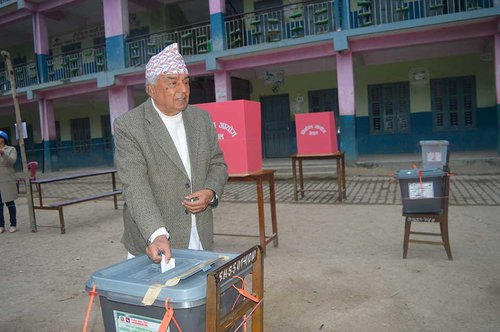
At a time when Nepalese traditional society is moving with a new modernized system from unitary to federal and more powerful local levels, there are big gaps enough to generate short and long-term instability in the multi-ethnic, multi-lingual and multi-religious society that Nepal always has been.
Given a long open border with cultural, religious and civilizational commonalities, it is naturally a threat for rising India to see a strong presence of any power in Nepal. After the recent stand-off in Border with China, India’s concern in Nepal has intensified further.
Indian scholars and experts are openly challenging Chinese presence in Nepal as a major security threat. Having all the technologies and resources with a long border of the Tibetan Autonomous Region, China too sees the strong presence of any country in Nepal as a major threat. This is what Chinese authors and strategic experts have been expressing in the media and unofficial conversations.
Given the ultra-modern western values and views permeating into the society, Nepal is in the process of some major transformation. In this context, the election, which is devolving the central power to the bottom rung of society, will be significant in some crucial ways.
In recent weeks, more views are being published in New Delhi and Beijing than Kathmandu where the residents see the elections as a usual festival.
In 1949, Padma Sumsher quit his post with the rise of independent and democratic India and communist China. The two neighbors are economically rising again, but no one can be sure if the history repeats for Prime Minister Deuba.
What is certain, however, is that Nepal’s modern institutions, which replaced the old one, are yet to establish their credibility and trust with our neighbors.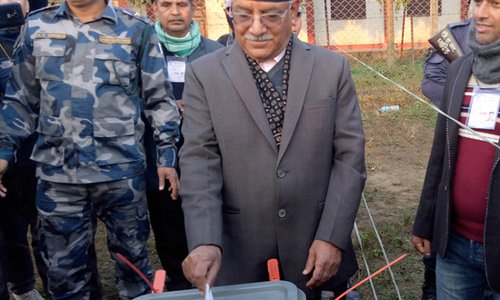
Seventy years of electoral politics, for any country, should have established credible institutions and consolidated system of government. However, nothing as such has happened in that period.
“The relationship between the Nepali state and its citizens has undergone a significant transformation in the past 50-plus years. Beginning in 1951 with the political changes that followed the end of the Rana regime, the government of Nepal for the first time expanded its role to include the delivery of public goods and services to its citizens,” said a book, Political Economy Analysis of Local Governance in Nepal.
The Elections Process
Elections for the State Assemblies (SA) and the House of Representatives (HoR) will help complete Nepal's transition to federalism. The SA elections will elect state legislatures of 40 to 110 members, 550 in total. The total number, therefore, will have the 334 Members of Parliament (275 members of the HoR and 59 members of the National Assembly) plus the 550 members.
Each ward is allocated a minimum of one polling place which will accommodate up to 1,064 voters. Each polling center will have a minimum of three voting privacy screens and three ballot boxes (one for each ballot paper). On Election Day, 10,671 polling places and 19,809 polling centers were managed across Nepal, with 165 returning offices, in 77 district headquarters.
The Election Commission of Nepal (ECN) seconded 272,000 security personnel from the Police and Armed Police Forces, including 98,000 temporary recruits (“Myadi”). Security forces were coordinated by the Joint Elections Operations Center, chaired by the chief election commissioner and including senior representatives from the ECN, Nepal Army, Armed Police Forces, Nepal Police and National Investigation Department, and the Ministry of Home Affairs.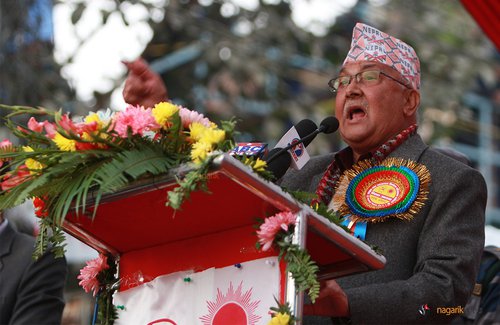
Costly Elections
Although the government’s expenditure for the federal and provincial elections is likely to cross Rs 20 billion based on the demand for funds from the security agencies and the Election Commission, the total cost will likely cross Rs 100 billion.
The cost of elections has drastically increased over the decades. According to a study by Center for Investigative Journalism, the cost of democracy is going high. The EC had spent Rs 110 million to hold the election of 1991, according to 'Election Cost in Nepal', a book written by current Chief Election Commissioner Ayodhee Prasad Yadav. Likewise, the legislative election in 1994 cost the EC Rs 240 million, an increment by 122 percent. A similar election was held in 1999 at the total cost of Rs 360.6 million.
The cost drastically increased while holding the first Constitution Assembly (CA) election of 2008, where the election body spent Rs 2.9 billion. Likewise, Rs 4.26 billion was spent for holding the second CA election of 2013, excluding security costs, according to former EC officials.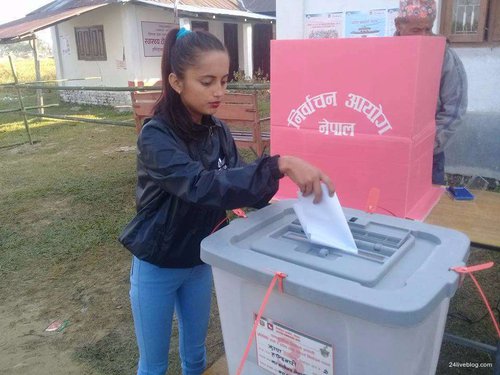
Along with the government spending, the candidates’ spending is also much higher. According the Commission, the candidates are allowed to spend money as follows: First-Past-the-Post (FPTP) candidates for House of Representatives, NPR 2,500,000 ($25,000) per candidate, State Assembly NPR 1,500,000 ($15,000) per candidate, Proportional Representation (PR) candidates House of Representatives NPR 200,000 ($2,000) per candidate and State Assembly NPR 150,000 ($1,500) per candidate.
Instability All The Time
Nepal adopted a multi-party parliamentary system in 1990, but all the early parliaments were dissolved before they completed their five-year term, leading to political instability.
No government has completed a full term since the restoration of multi-party democracy in 1990, and most have lasted less than 12 months, due to constant political turmoil marked by shaky coalitions and backroom deals.
The elections are seen as a test of whether the country can implement the new constitution, signed in 2015, and bring about long-awaited political and social reform after 10 years of civil war and a tortuous transition from a Hindu monarchy to a secular republic.

Keshab Poudel
Poudel is the editor of New Spotlight Magazine.
- ECONOMY: Growth At 3.3
- Apr 16, 2024
- DPM’s SHRESTHA’S CHINA VISIT High Profile, Low Key
- Apr 14, 2024
- Maha Kumbha In Barahkshetra: A Sacred Festival In Sacred Koshi (Kaushiki) River
- Apr 09, 2024
- LOSS AND DAMAGE: Upper Tamakoshi A Case
- Apr 02, 2024
- Helvetas-Nepal’s InElam Promoting Herbal Oil In Sarlahi
- Mar 31, 2024

